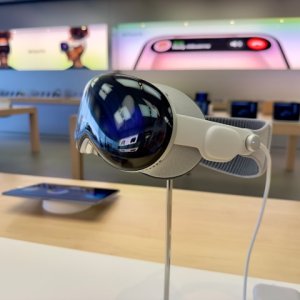Combating Misinformation with Research-Based Medical Content

STORY INLINE POST
Q: Sanofi recognized your work on disseminating health information through your YouTube channel “Dr. Mikhail Tapia.” What is the main purpose of the channel?
A: For five years, I have shared information aligned with healthcare. The channel was created after noticing the information gaps that those searching for diabetes information on the internet faced. These patients were often deceived by “miraculous” remedies that threatened their treatment and recovery. Sanofi’s award recognized this effort to disseminate information about diabetes and hypertension care.
Through the YouTube channel, I share science-based information about diabetes and obesity in an easy-to-understand manner. These videos have millions of views and have been widely shared in Mexico and Latin America, leading many to begin taking care of themselves. The videos explain the changes that must be introduced in their lifestyle, both in terms of diet and physical activity.
The channel also aims to reach those who have normalized their illness or treated it with internet remedies. Social media algorithms sometimes favor that type of content as it perhaps draws more attention and engagement. To fight this, we have made scientific information compelling enough to be just as relevant to algorithms.
Q: How did the pandemic change the way medical information is shared online?
A: The pandemic highlighted the poor culture around healthcare. This deficiency facilitated the dissemination of false information to both sick and healthy people. Many shared articles that had no scientific basis, affecting others. However, during this period, different health professionals created a well-informed communication channel to ground difficult concepts and terminology to facilitate their understanding among the general public.
During the COVID-19 pandemic, the world also suffered an “infodemic” of false information regarding vaccines, treatments and symptoms. But doctors also worked to answer real concerns and debunk false information.
Q: As a doctor, how does responsibility change when you are sharing information on social media rather than directly to patients?
A: Patients must take responsibility for their health but physicians have taken a paternalistic role in healthcare, so it is essential to empower the patient. We are halfway down this road as new generations are showing more interest in leading healthier lifestyles. Patients who take the most active role in their health are more likely to adhere to their treatment and have better outcomes.
This is related to the ability of patients to access information and filter speculation. Some patients replace their science-based medical treatments for a “miracle” cure that is not supported by medical professionals but others are showing up more informed to their appointments.
Q: How open and willing are doctors to share scientific-based information through social media?
A: This is a generational shock because while some doctors are open to doing so, others oppose it. Sharing this information online does not take away from our medical practice; it allows information to reach the right people and encourages them to seek medical attention, which is the end goal. If we did not share scientific-based information, there would be no counterpart to fake news. Miracle products are a large industry that must be fought with the right information. Regulating the existence of fake news on the internet is almost impossible; hence, the correct information must be easily available.
The same is true of telemedicine. A telemedicine consultation will never replace an in-person consultation. But it is a tool with a great deal of value. For example, it allows those who cannot get an in-person appointment or those who do not speak the language where they live to get medical care.
Q: How could more medical professionals integrate tech and communication into their medical practice?
A: Most of the Mexican population has access to the internet, giving patients the ability to have their questions answered by doctors using websites. This does not guarantee that patients will get the right information because doctors are not committed to answering to patients online. The internet also makes it possible to generate awareness about preventive medicine by continuously recommending diagnoses to patients and sharing information about common conditions. But this will also depend on the patient’s ability to filter information and detect what is based on science and what is based on false marketing.
Universidad Anáhuac México is a private university founded in 1964 to improve the human and social condition of Mexicans through comprehensive education.








 By Miriam Bello | Senior Journalist and Industry Analyst -
Thu, 08/18/2022 - 16:40
By Miriam Bello | Senior Journalist and Industry Analyst -
Thu, 08/18/2022 - 16:40
















